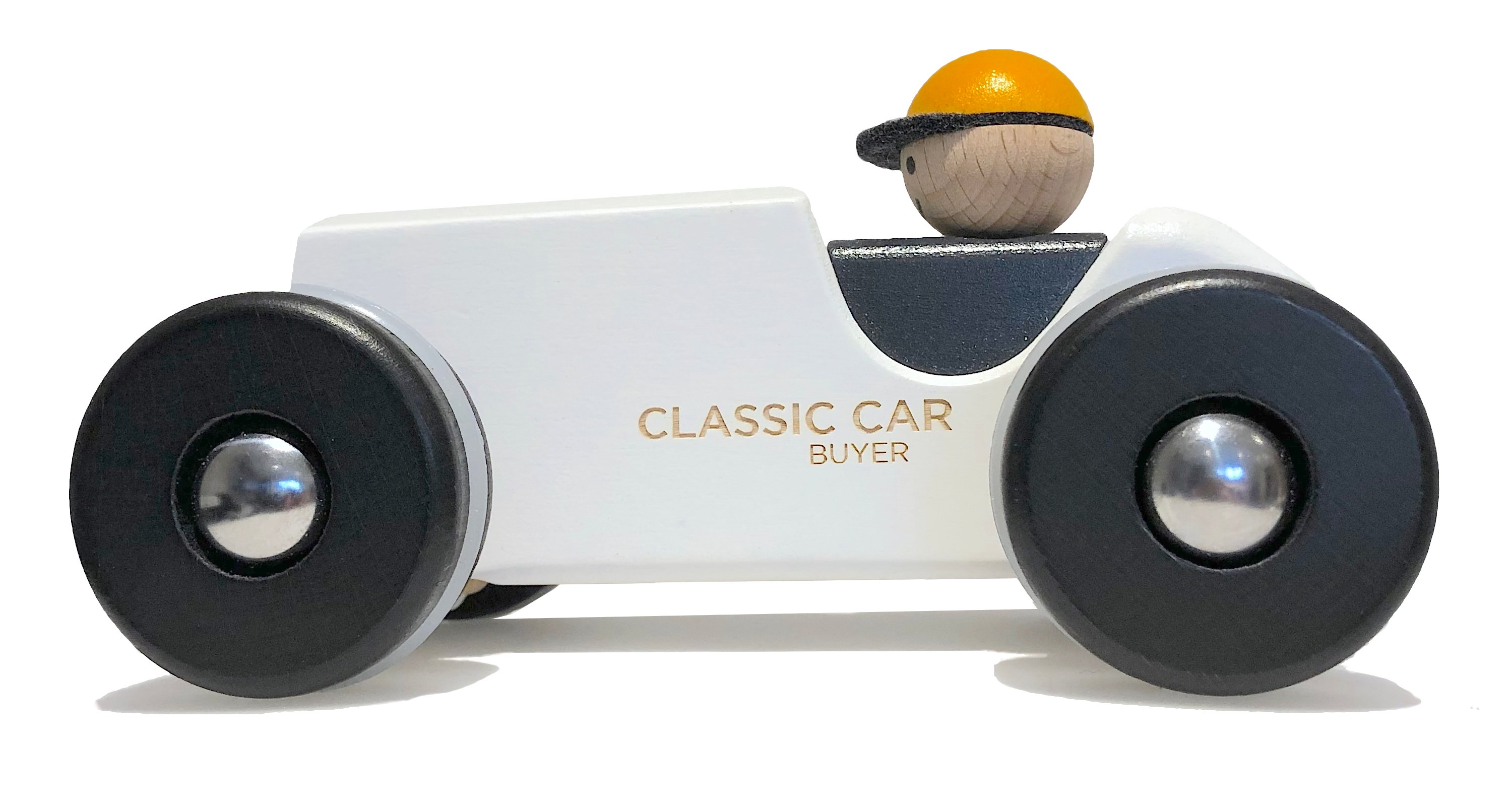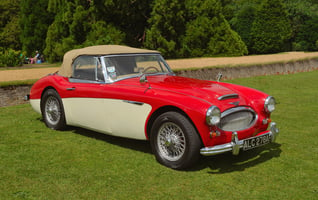The 1980s were a bit of a golden era for British motoring. It was a decade of Rubik’s Cubes,...
The Ford Capri certainly seems to stand out as a bit of an icon in the history of cars; a car that not only captured the attention of a wide variety of drivers over the course of its production run, but that also made sporty driving accessible to the everyday car user. Often dubbed ‘the European Mustang,’ the Capri was more than just a vehicle - it was a statement. It combined sleek design with impressive performance, all while remaining within reach of the average buyer. Marketed as ‘the car you always promised yourself,’ the Capri was proof that you didn’t need deep pockets to enjoy the thrill of driving a stylish sports car. Sounds good so far!
Let’s take a journey through the rich history of this legend…

Back in the late 1960s, Ford of Europe set out to replicate the runaway success of the Mustang in the American market. Their vision was to create a car that embodied the Mustang’s sporty appeal but was also practical and affordable enough for everyday European drivers. The result was the Ford Capri, which made its grand debut at the Brussels Motor Show in January 1969.
Originally, the Capri was going to be called the Ford Colt, but Japanese manufacturer Mitsubishi won a court battle to retain the rights to the name as they had already earmarked it for a vehicle of their own.
The Capri’s design was the brainchild of Philip T. Clark, the same visionary behind the Mustang. It was mechanically based on the Cortina and featured a sleek fastback coupe silhouette, with a long, powerful bonnet and a compact rear, exuding both speed and sophistication. Over the years, the Capri underwent a remarkable evolution. The Mark I (1969-1974) kicked things off, offering a range of engines from a modest 1.3-litre four-cylinder to a formidable 3.0-litre V6. Its streamlined design was pretty much an instant success with drivers, and soon special models like the Capri 3000 GT and the RS2600 were added to offer a racing pedigree element.
The Mark II (1974-1978) introduced the second generation, where the Capri underwent a substantial redesign. The new hatchback body style made it more practical while retaining its sporty edge. This iteration improved comfort and everyday usability for the driver, therefore broadening its appeal yet again.

The final chapter, the Mark III (1978-1986), saw the Capri’s design reach new heights with refined features such as quad headlights and a more aerodynamic profile. The 2.8 injection model, featuring a fuel-injected V6 engine, became a fan favourite, celebrated for its thrilling performance and responsive handling.
Although the Capri was primarily designed for the European market, its appeal crossed borders, finding followers in places such as Australia and the United States. In America, it was rebranded as the Mercury Capri and earned a loyal following.
The Capri also made a name for itself in the world of motorsport, particularly in touring car racing, where it clinched numerous titles, including the prestigious European Touring Car Championship.
With its perfect blend of style, performance and affordability, the Ford Capri was a real star, selling almost 1.9 million units in its time. But how does it stand up today? Does it remain a classic among classics? Let us know what you think…








